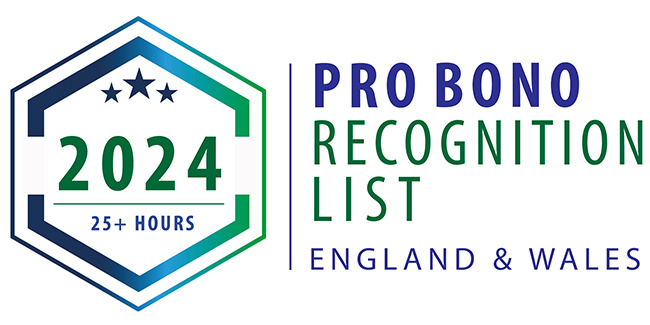12 months and counting
For over a year now, a large proportion of the UK has been working in line with COVID-19 restrictions. The first lockdown in the UK was enforced on the 23rd March 2020 where non-essential businesses and schools were forced to close in order to combat the spread of COVID-19.
Since then, the working world continues to see and manage drastic changes, and organisations will have no option but to continue adapting to the ‘new normal’ as it is commonly referred to. The question on everyone’s mind, employers and employees alike, is will things go back to how they were? Will they stay as they are (where possible) or will there be an amalgamation of the two? There is born the concept of a ‘Hybrid’ working world.
Working From Home
This time last year (March 2020) organisations were frantically trying to implement work systems that supported the need for employees to remain at home where possible. Whilst it was starting to become less unusual for people to work from home, rarely was this permanent arrangement and more often than not, a large percentage of the UK population have always been required to be in-office full time. The pandemic has drastically changed this model and concept.
Before organisations take the formal leap to implement or consider implementing this new way of working on a new permeant basis there are a number of legal and practical implications that need to be considered and steps that will need to be adhered to, to ensure that the organisation and staff are safeguarded and know where they stand. It may be a system that is not for every business, for a variety of reasons.
Home or Away?
The playing field remains firmly divided; many are in the same camp as household names and tech front runners Microsoft and Facebook who have already publicised their support for full-time remote working options. However, there are also those on the opposing side in equal measure, like many investment banks and financial houses such as Goldman Sachs who have made it clear that ‘presentism’ and being in the office is a requirement that is not going to go away!
Who wouldn’t love Home & Away?
But surely the happy compromise would be a bit of both worlds? After all, who doesn’t like to have their cake and eat it? Begs the question what’s the point in having any cake at all then? All hail the new concept of this amalgamation of two work systems, the ‘Hybrid’ way of working.
Hybrid
“Hybrid” working encompasses many possible systems, but tends to include being given more freedom around when to work and from where. Employees usually have more autonomy over their working day and there is usually a designation of certain days in the office and certain days at home / another location. These are not usually fixed.
Hybrid working is a popular option as organisations may be able to reap the best of both work systems, the old, and pandemic ‘new’, with many having invested heavily in developing safe and functional systems to support remote working.
Whilst there is continued uncertainty with the pandemic, especially in recent weeks with the rise in variant cases, a poll taken of employee preferences has confirmed that at the top of many employers’ agendas across the globe is facilitating where appropriate, home working in the long term, coupled with a partial return to the workplace.
There is no secret that there has been a seismic shift towards a workforce centric model with renewed focus on what is important to employees; quality of life and wellbeing.
Key considerations when it comes to Hybrid working
- Legal implications of policies / procedures proposed
- Impact any proposed changes will have on the current contract and whether they can be made unilaterally (without consent)
- What expectations will there be on employees? Are these reasonable?
- What Health & Safety considerations do there need to be?
Policies and Procedures
In order to implement a hybrid way of working employers are advised to take a serious look at agile workplace strategies. Where an employees place of work is changing new clauses relevant to change may be:
- where the employee will be based / primary place of work
- hours of work and requirement to take breaks
- both employer and employer have right to terminate the arrangement
- reimbursement of expenses / utility costs
- supply and insurance of equipment inc telephone / internet
- confidential information / data protection considerations / amends
- workplace Policies (Examples: Covid19 Secure workplace, Zoom / video call, wfh Dress Codes, Core Hours, Meeting policy – occasional requirement to come in person, IT communications, Personal Device Usage)
Health & Safety
Never before have we seen the blurring of lines between work and private life to this extent. Despite many years protecting the workplace against the intrusion of private life the focus is now on how to protect private life and space from infiltration of work. More than ever, it will be a difficult balancing act. Organisations should think about:
- Home workstation risk assessments
- Health & Safety, psychological and physical should be at the forefront of considerations
- Employees may feel anxious about coming into the workplace – ensure adequate Covid secure measures taken
- Rota system for staff in the office(capacity restrictions)
- Contact tracing
- Mental health support
- Long Covid implications
- Possible disability discrimination enforcing measures / making sufficient reasonable adjustments at home
Hybrid workplace as a possible reasonable adjustment to accommodate a disability
The next stage in this pandemic journey is to see how hybrid working is implemented in the normal restriction-free (we hope) world.
For advice on implementing a hybrid work system and changes to contractual terms contact a member of our employment team on 020 8363 4444.

















